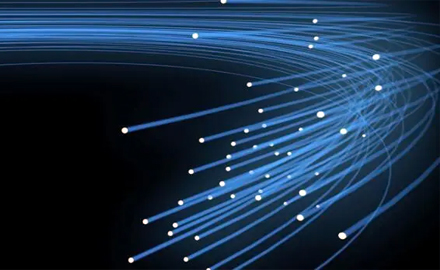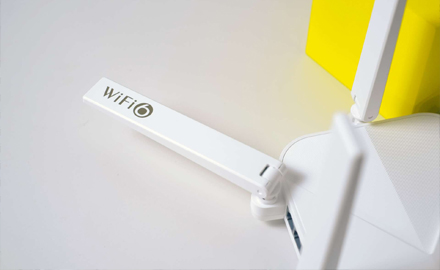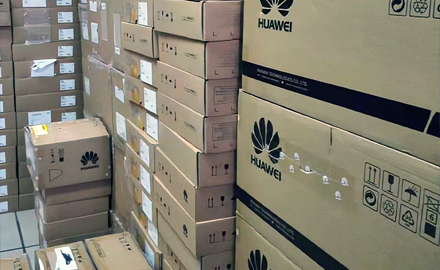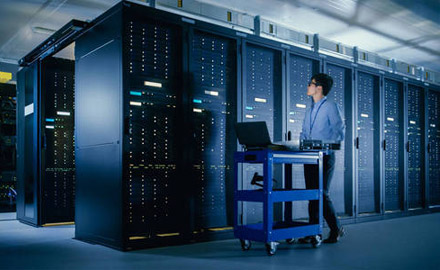FTTH stands for "Fiber to the Home," and it refers to a type of broadband internet connection that uses optical fiber cables to deliver high-speed internet access directly to individual homes or residential buildings. In FTTH networks, the optical fiber extends all the way from the service provider's central office or data center to the customer's premises, enabling extremely fast and reliable data transmission.
Here's how FTTH works:
Optical Fiber Installation: The first step involves laying optical fiber cables from the service provider's point of presence (central office or data center) to the customer's home. This may involve digging trenches, aerial installations, or using existing utility conduits, depending on the local infrastructure.
Optical Network Terminal (ONT) Installation: At the customer's premises, an Optical Network Terminal (ONT) is installed. The ONT is a device that acts as a bridge between the optical fiber network and the customer's internal network. It converts the optical signals from the fiber into electrical signals that can be used by the customer's devices.
Data Transmission: When a customer wants to access the internet or other online services, their device (computer, smartphone, smart TV, etc.) sends data as electrical signals to the ONT. The ONT then converts these electrical signals into optical signals and transmits them over the fiber optic cable to the service provider's central office.
Central Office Equipment: At the central office or data center, the optical signals from multiple customers are aggregated, processed, and connected to the broader internet or service provider's network infrastructure.
Upstream Data: The data flow is bidirectional. When the central office sends data (such as a webpage or streaming content) back to the customer, it follows the reverse path: from the central office to the ONT, which then converts the optical signals into electrical signals for the customer's devices.
FTTH offers several advantages:
High Speed: Fiber optic cables can provide gigabit-speed connections, offering much faster download and upload speeds compared to traditional copper-based connections.
Low Latency: Fiber optic cables transmit data using light signals, resulting in very low latency or delay in data transmission.
Reliability: Fiber optic cables are less susceptible to interference and signal degradation caused by environmental factors like electromagnetic interference and signal attenuation over long distances.
Scalability: FTTH networks have the potential to handle increasing data demands by upgrading the equipment at the central office, without needing to replace the entire infrastructure.
Future-Proofing: As internet services and applications continue to evolve, FTTH provides a robust foundation to support these advancements.
However, FTTH deployment can be expensive and requires significant infrastructure investment, especially in existing urban areas. It's important to note that while FTTH is a common deployment model for fiber optic networks, there are other variations like Fiber to the Building (FTTB) and Fiber to the Curb (FTTC), which bring fiber closer to the end-user premises but not directly to the home.
 What is the Role of EDFA in FTTH?
What is the Role of EDFA in FTTH?
 The Difference Between AX1800 ONU and AX3000 ONU
The Difference Between AX1800 ONU and AX3000 ONU
 How are Huawei OLTs Classified?
How are Huawei OLTs Classified?
 The Future Trend of Optical Line Terminals (OLTs)
The Future Trend of Optical Line Terminals (OLTs)